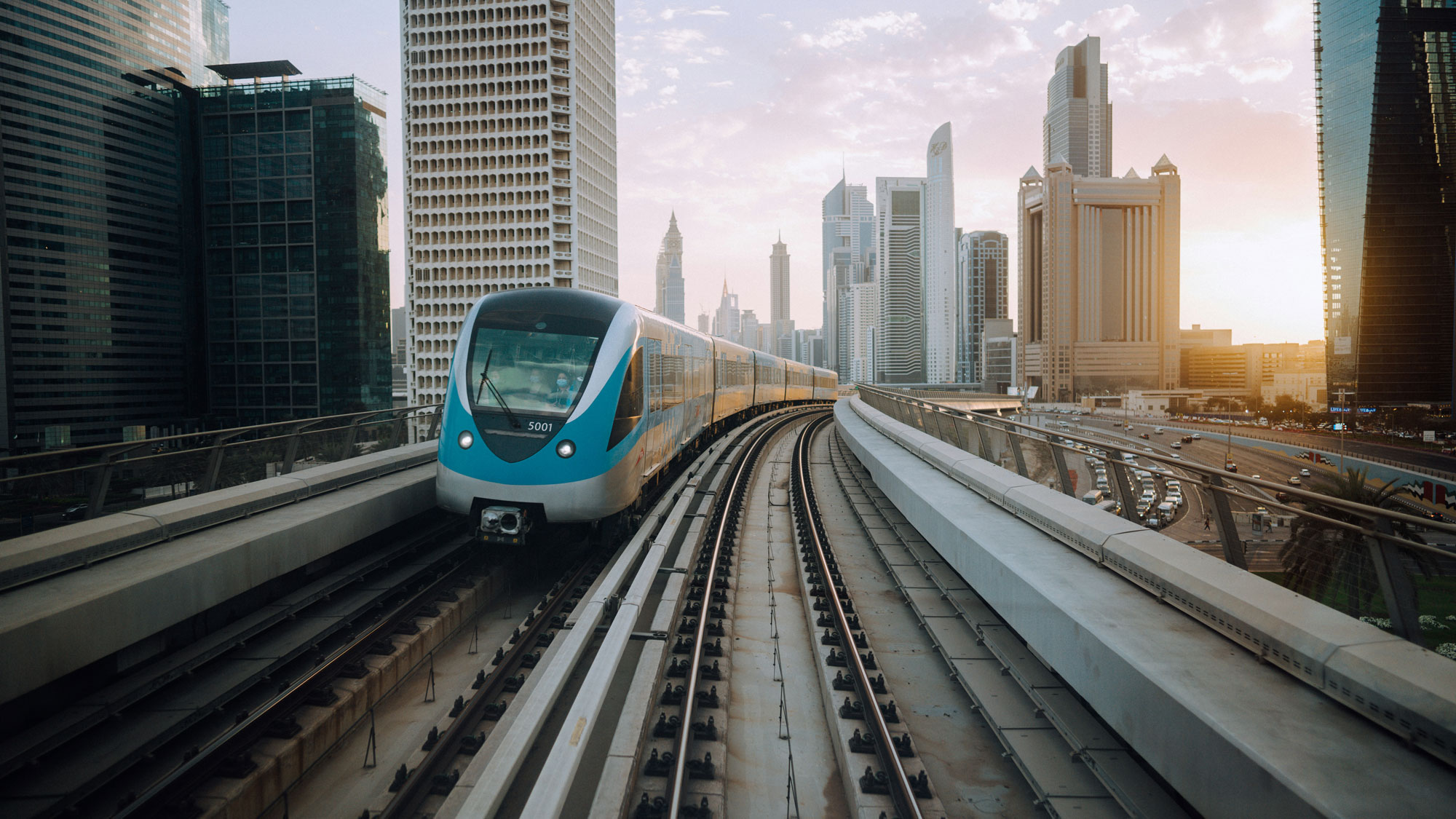



In a landmark feat, the Roads and Transport Authority (RTA) of Dubai revealed a significant surge in the utilisation of public transport, shared mobility, and taxis in 2023. According to RTA statistics, the combined commuters of these modes of transportation amounted to a staggering 702 million passengers, which represents a 13% rise over the previous year’s figures. This uptrend in ridership is indicative of a growing preference for sustainable and efficient transportation options among residents and visitors to Dubai.
Dubai’s commitment to enabling hassle-free public transit options is evident through its extensive network of transportation infrastructure.
The Dubai Metro, hailed as the world’s longest driverless metro network, is considered the artery of the Dubai transportation system. Its rail network covers a vast expanse of 90 km, which offers accessibility and connectivity to millions of commuters daily. This is complemented by the 11 km-long Dubai Tram, public buses, and modern fleet of marine transport networks. It encompasses traditional Abras, Dubai Ferry, and water taxis.
Notably, the RTA’s strategic investments in expanding and upgrading the public transport network have yielded significant results. This was specifically highlighted by the Director General and Chairman of the Board of Executive Directors of RTA, His Excellency Mattar Al Tayer.
Addressing the emirate’s plans to expand its metro system, Al Tayer said, “RTA is consistently expanding and upgrading the public transport network. 2024 is set to mark the commencement of the Dubai Metro Blue Line project, which will stretch over a total of 30 km, with 15.5 km running underground and 14.5 km above ground. The project encompasses 14 stations including 3 interchange stations, connecting key areas in Dubai to cope with the projected demographic growth of surrounding areas to one million people as per the Dubai Urban Master Plan 2040. It also integrates with the Red and Green lines of the Metro, offering a direct link between Dubai International Airport and nine principal areas situated along its route. The journey time between these destinations is expected to vary from 10 to 25 minutes.”
The efficiency of Dubai’s transportation systems are underscored by their role in reducing traffic congestion and carbon emissions. The Dubai Metro, in particular, has become a preferred mode of transportation, accounting for the highest amount of ridership in 2023 at 37%. This reflects a growing trend of individuals opting for public transport over private vehicles. It consequently contributes to the city’s efforts in curbing traffic congestion and promoting environmental sustainability.
Furthermore, the integration of shared mobility choices, such as e-hail services, smart car rentals, and Bus-On-Demand initiatives, has increased the flexibility and convenience of Dubai’s transportation ecosystem. With a 34% growth in shared mobility ridership over the previous year, these innovative solutions are key drivers in addressing commuters’ changing demands while reducing reliance on private car ownership.
As Dubai’s public transportation network continues to evolve, residents and visitors alike are encouraged to explore the diverse range of transportation options available. Whether it’s the Dubai Metro, the efficient tram system, or the extensive bus network, opting for public transport undeniably contributes to a more sustainable future. More practically, it offers a convenient and hassle-free way to navigate the city’s bustling streets.
Don’t forget to share this post!
We use cookies to enhance your experience on our website. If you continue using this website, we assume that you agree with these. Learn more.



Thank you for all of your help. Your carrier became superb and really FAST. Many thank you for you type and green carrier. I even have already and could clearly hold to advise your offerings to others withinside the future.
Pingback:RTA Dubai App: Discover Your Essential Transportation Guide
Usually I by no means touch upon blogs however your article is so convincing that I by no means prevent myself to mention some thing approximately it. Really useful.